Gambling: do you spray when rain is in the forecast?
DisplacedClevelander
9 years ago
Related Stories
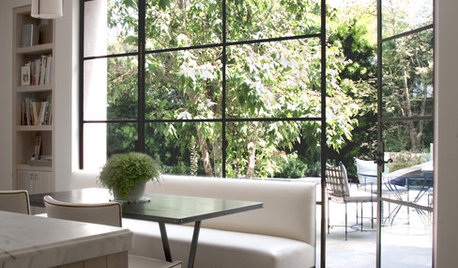
HOUSEKEEPINGThe Best Way to Get Your Windows Spotlessly Clean
Learn the pros’ tips and tricks for cleaning windows and getting them streak-free
Full Story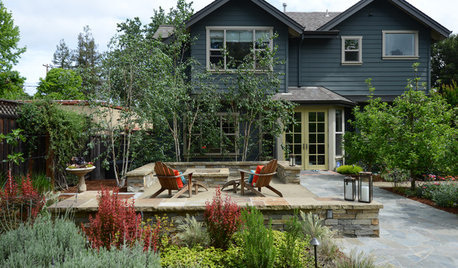
EVENTSSpring Tour: Landscape Designs for Living
Northern California yards in a spring garden tour show that landscape design is all about the experience
Full Story
COLORBest Ways to Use Exclusive Plum, Sherwin-Williams’ Color of 2014
Pretty, moody, maybe even a neutral, this toned-down grayish purple can work in any room. Here's how
Full Story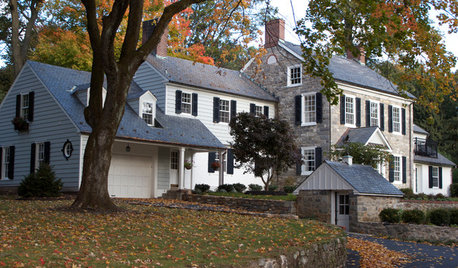
HOUSEKEEPINGIt’s Time to Clean Your Gutters — Here’s How
Follow these steps to care for your gutters so they can continue to protect your house
Full Story
FLOORS5 Benefits to Concrete Floors for Everyday Living
Get low-maintenance home flooring that creates high impact and works with home styles from traditional to modern
Full Story
GARDENING AND LANDSCAPING11 Ways to Make Your Sleeping Porch Even Better
Turn off that air conditioner and tune in to the delights of slumbering in the nighttime breeze
Full Story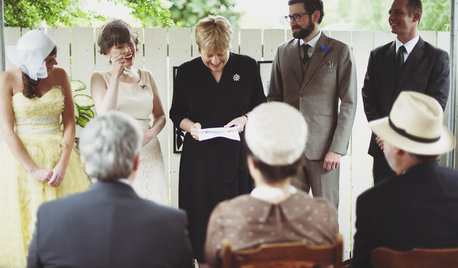
WEDDINGSHouzz Call: Show Us Your Backyard Wedding!
Did you say ‘I do’ at home? We want to hear and see everything about it. Share your photos and you could be featured in an upcoming ideabook
Full Story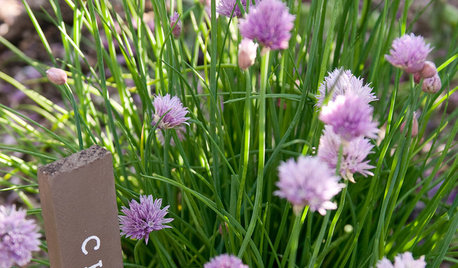
GARDENING GUIDESSimple Pleasures: Savor the First Spring Day in the Garden
How will you answer the call of the garden once the birds are chirping, the bulbs are blooming and the air is inviting?
Full Story
SAVING WATERXeriscape Gardens: How to Get a Beautiful Landscape With Less Water
Conserve water and make gardening much easier with the xeriscape approach’s 7 principles
Full Story






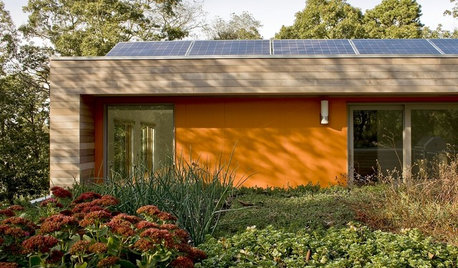

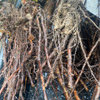
dublinbay z6 (KS)
michaelg
Related Professionals
Citrus Heights Landscape Architects & Landscape Designers · New Mexico Landscape Architects & Landscape Designers · Manchester Landscape Contractors · Allentown Landscape Contractors · Addison Landscape Contractors · Clark Landscape Contractors · Cockeysville Landscape Contractors · Dedham Landscape Contractors · Deerfield Landscape Contractors · Del Aire Landscape Contractors · Dunwoody Landscape Contractors · Palos Verdes Estates Landscape Contractors · Plainview Landscape Contractors · Selden Landscape Contractors · Yukon Landscape Contractorshenry_kuska